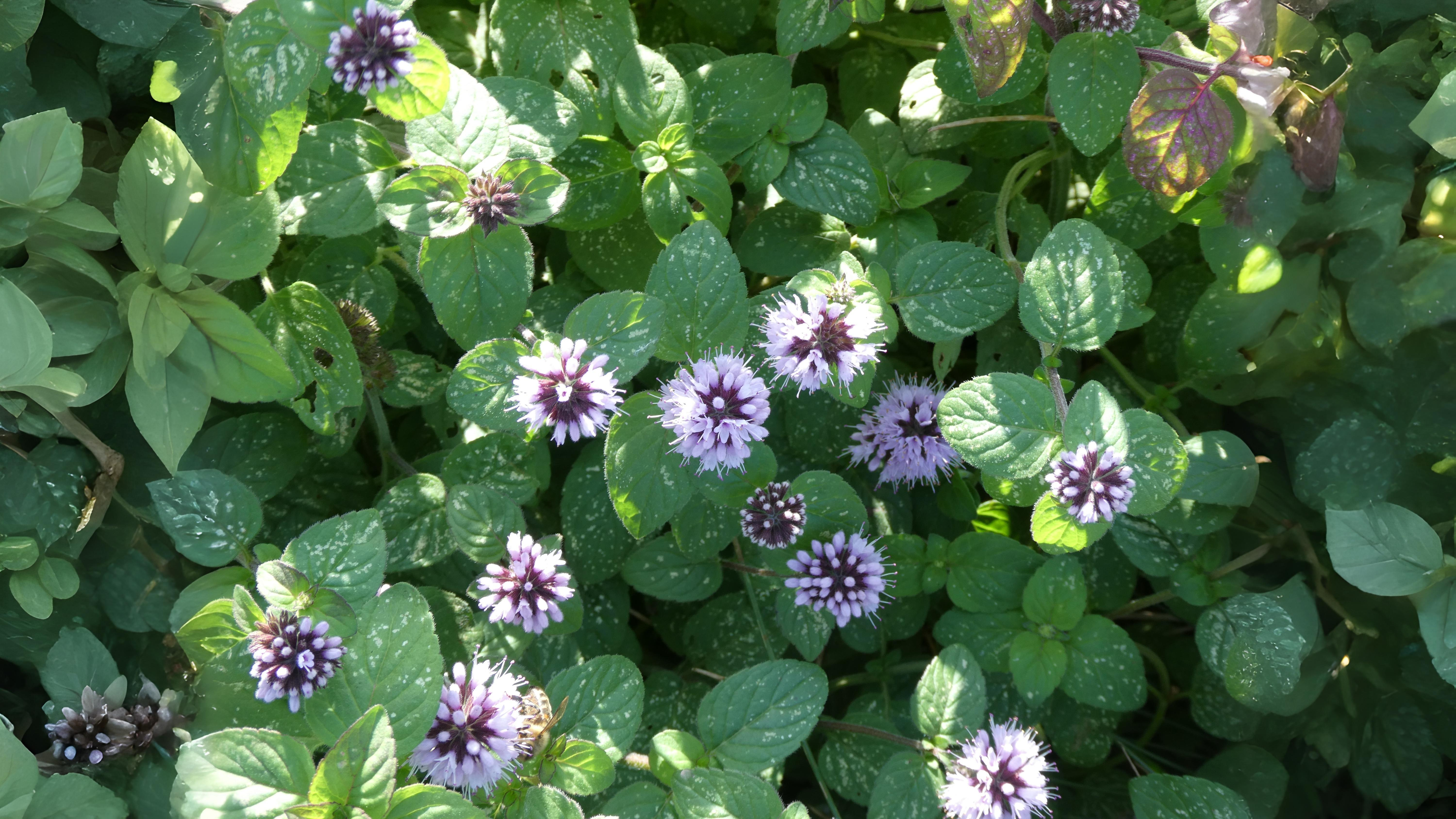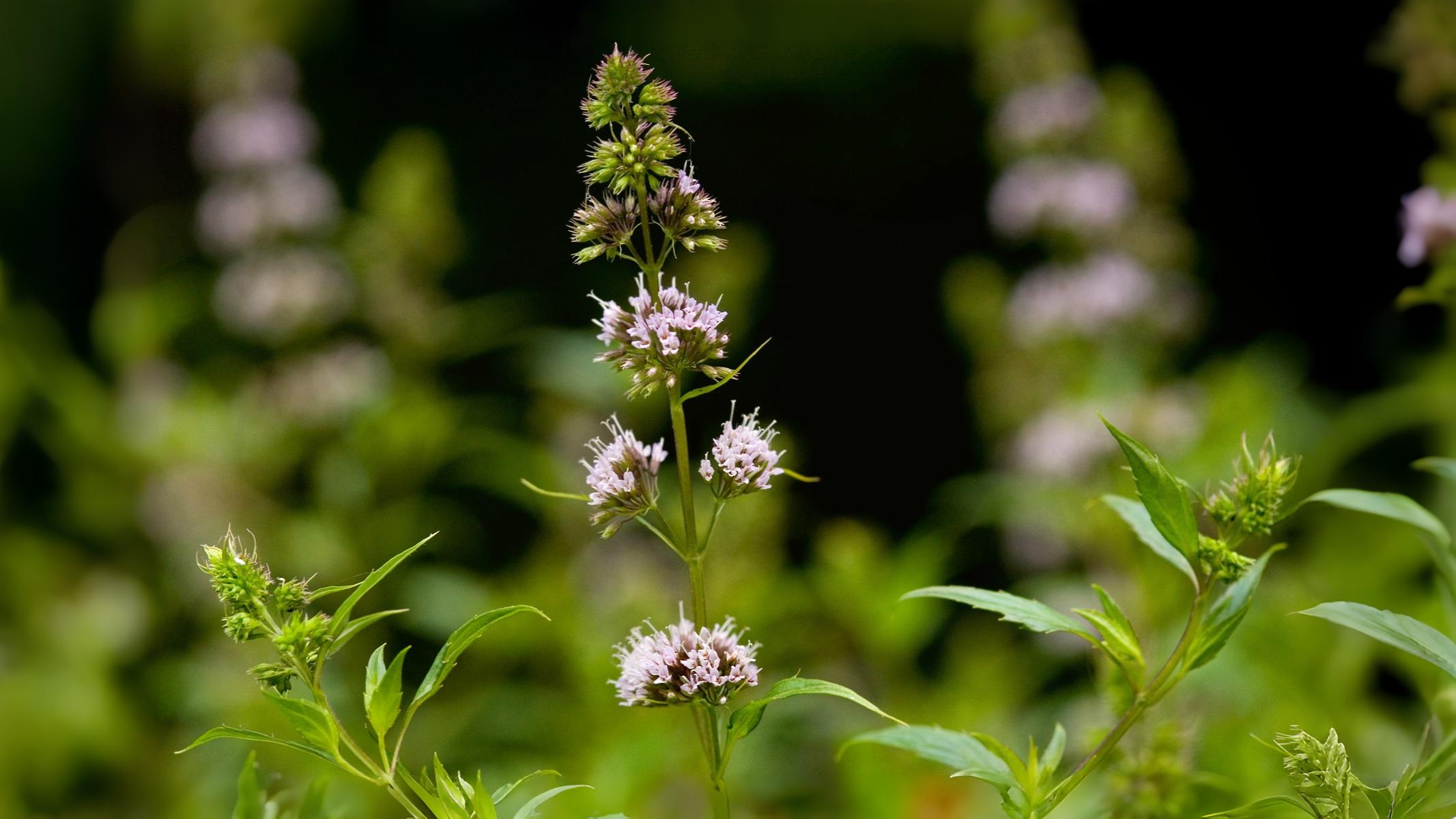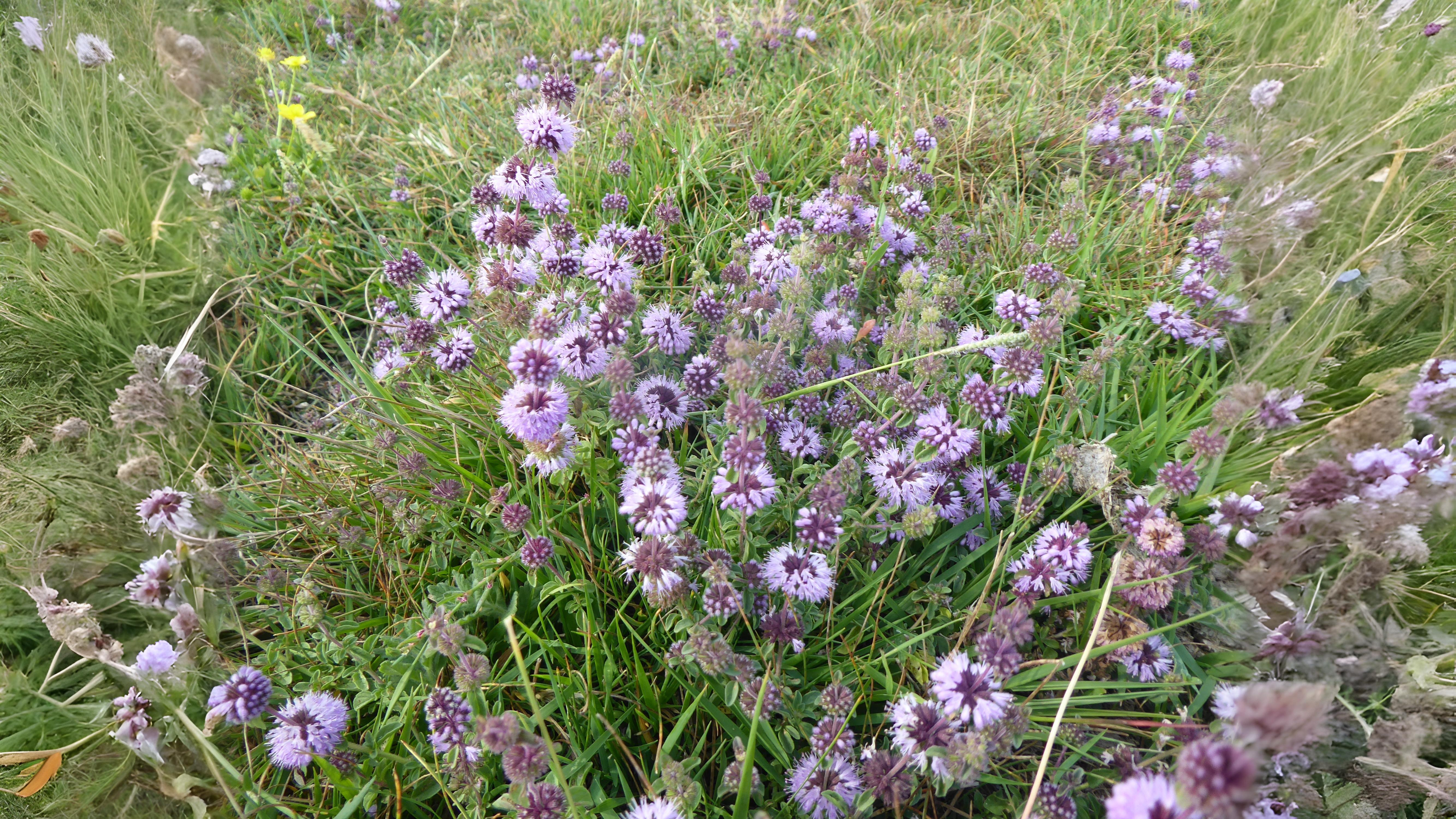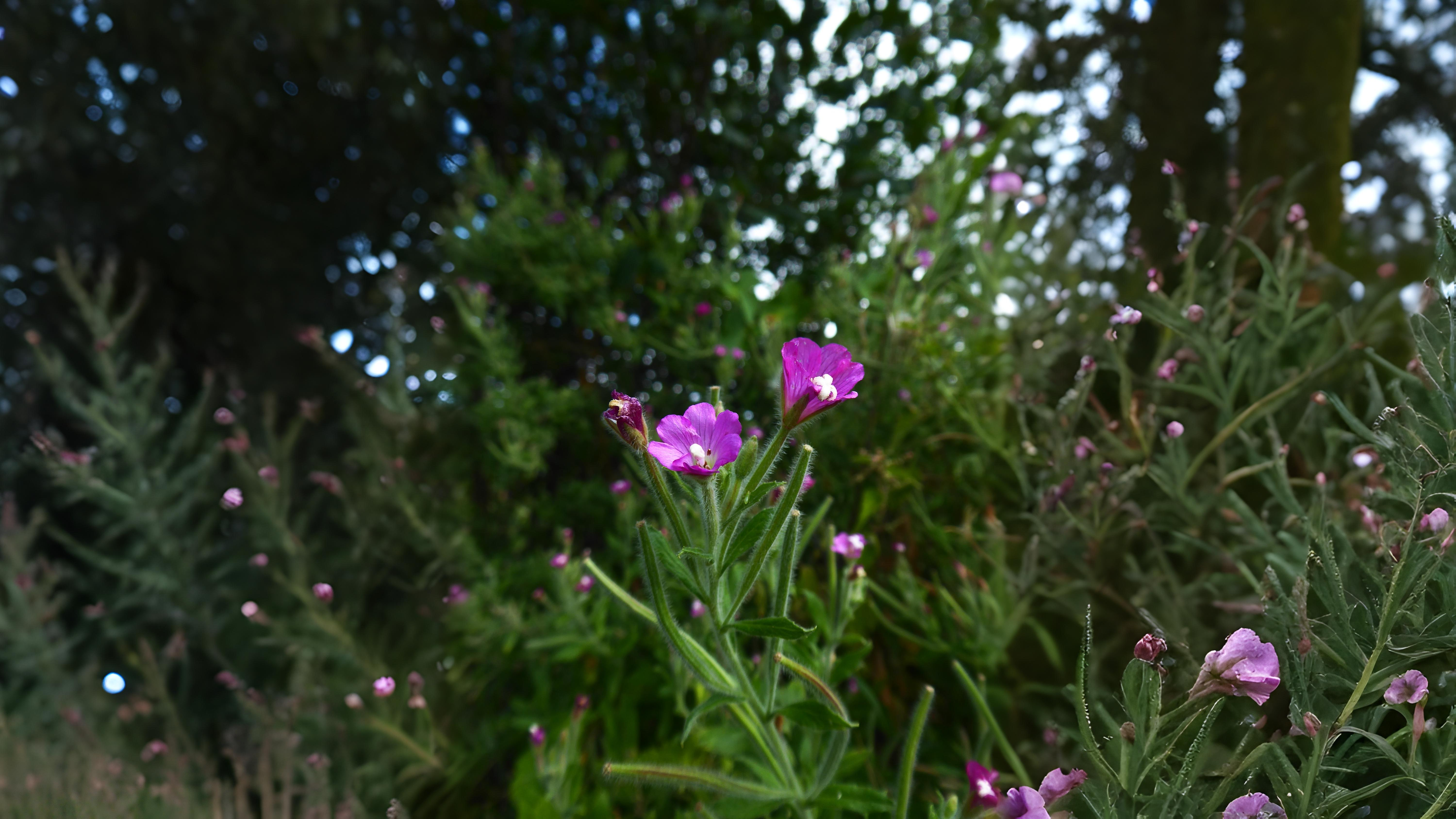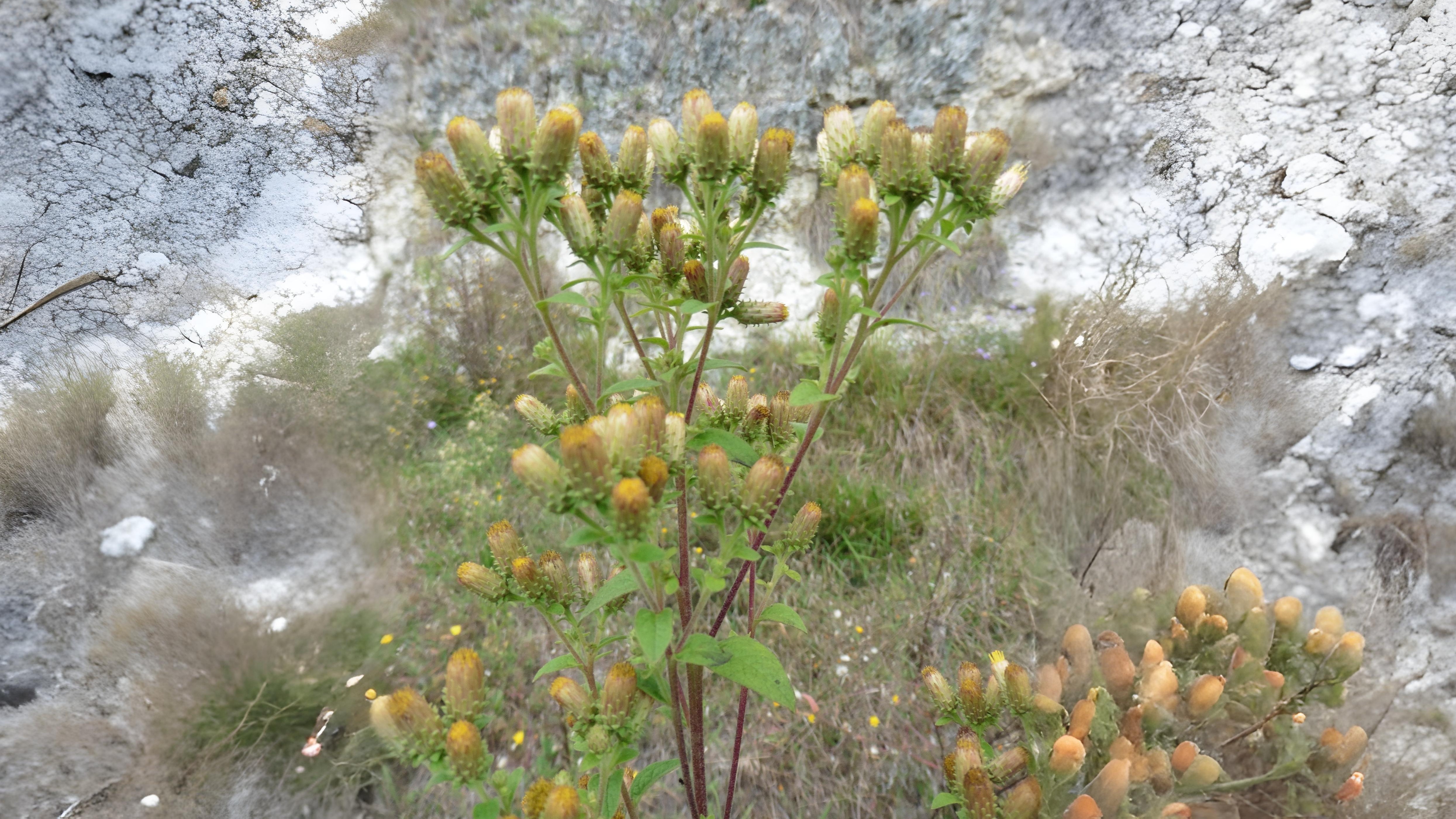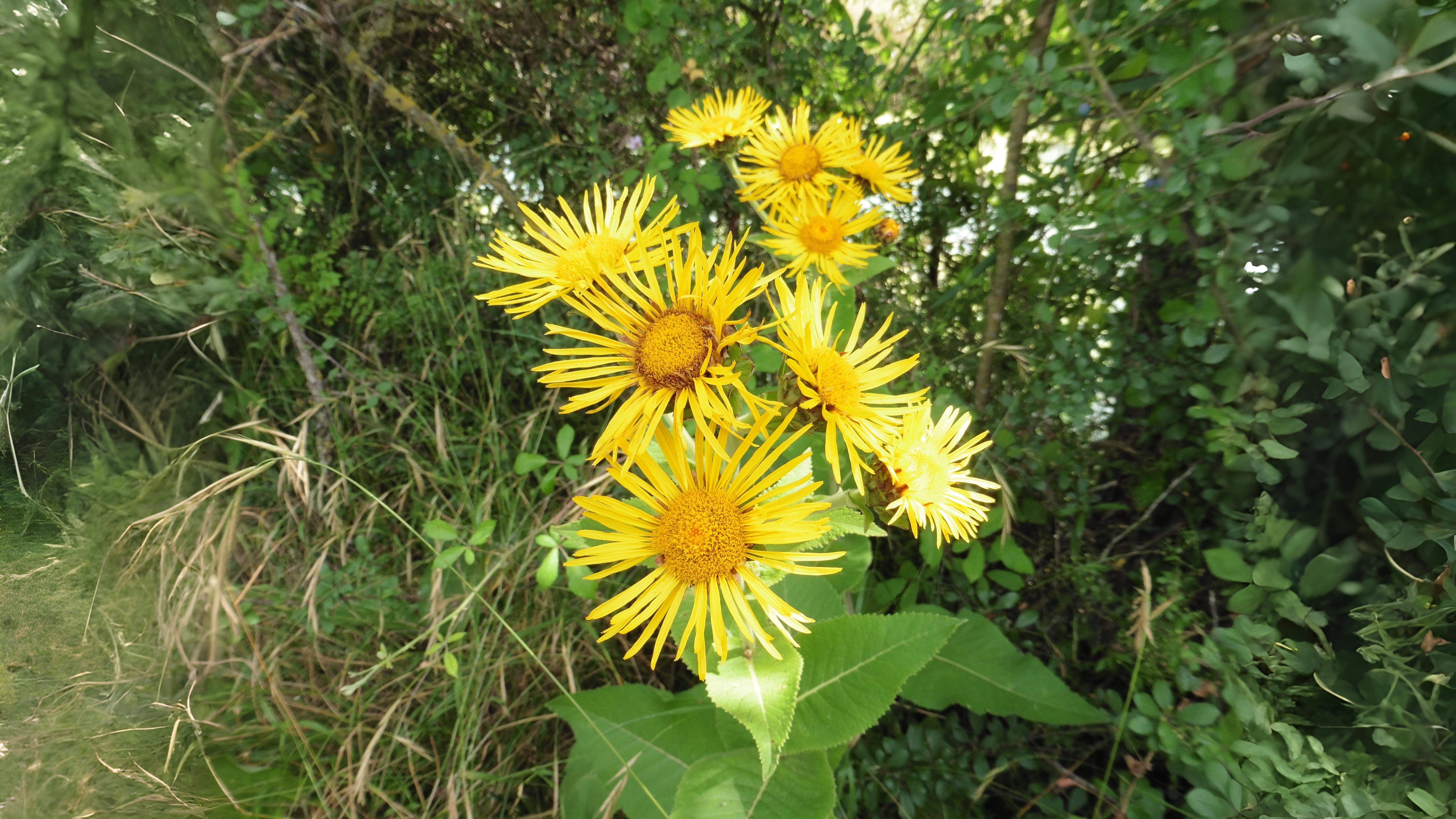
As the sweet scents of early summer fade, August offers a new, richer perfume. It's a month of musk, hay, and the ripening aroma of hops hanging in pub doorways. Lean closer in a herb garden and you’ll find the air is thick with the pungent scent of lavender and a dazzling variety of mints, from peppermint to apple and even eau-de-cologne. Discover the history of clove-scented carnations once used to flavour wine and the strange, powerful allure of musk-scented flowers. It's a complex bouquet, a final, fragrant gift before the autumn.
Return on August 15th to breathe in the heady scents of a London August.
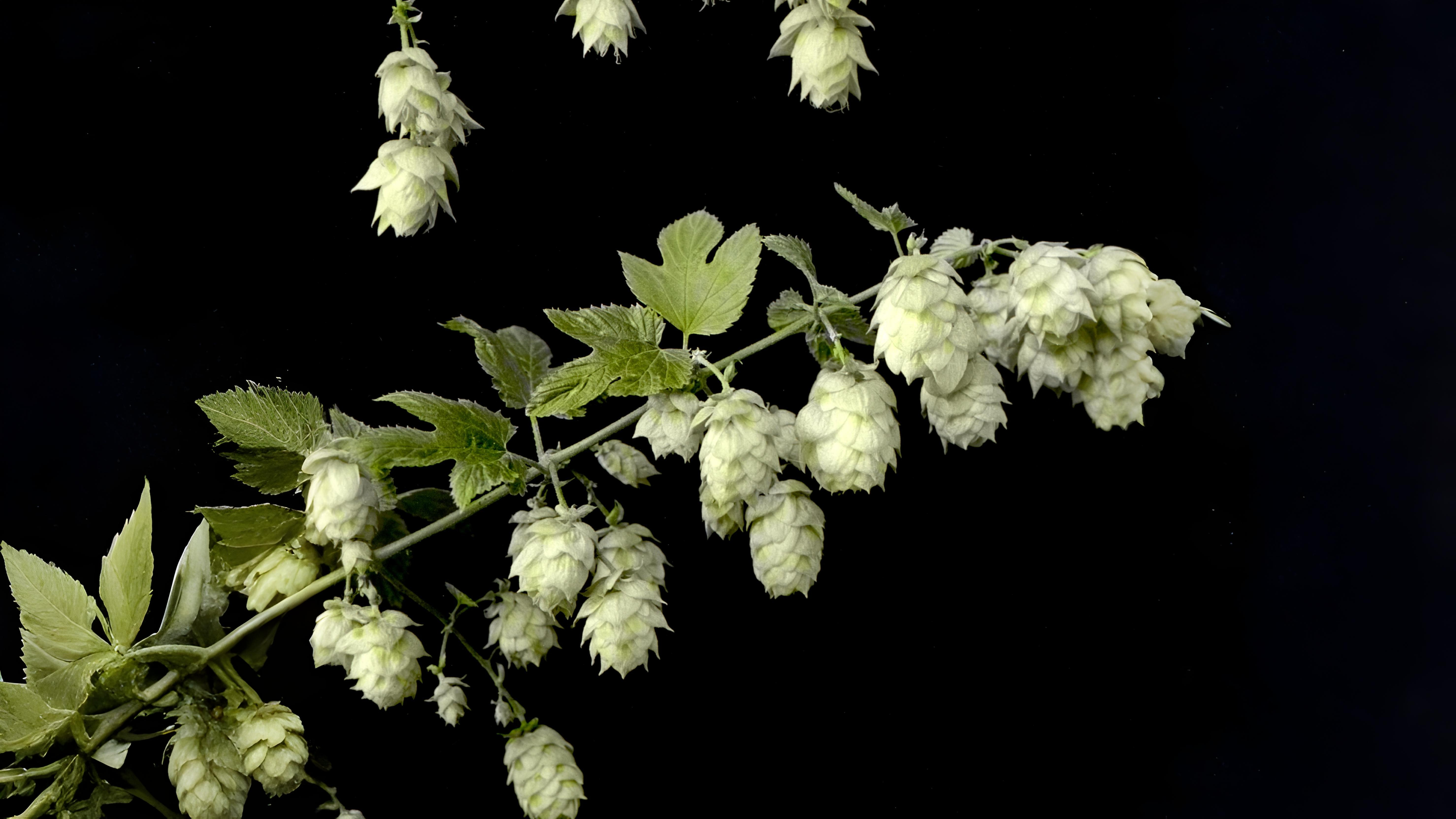

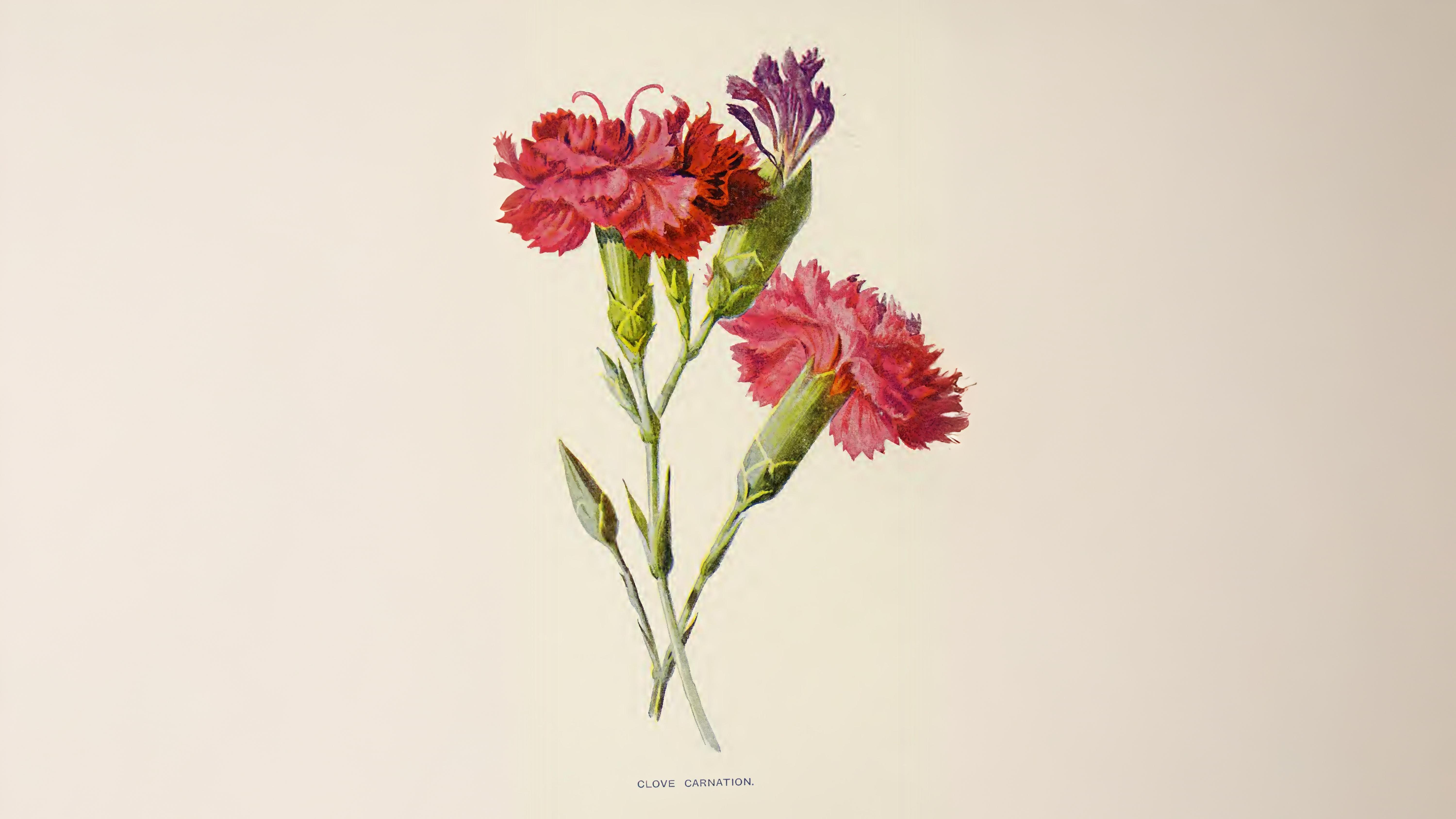

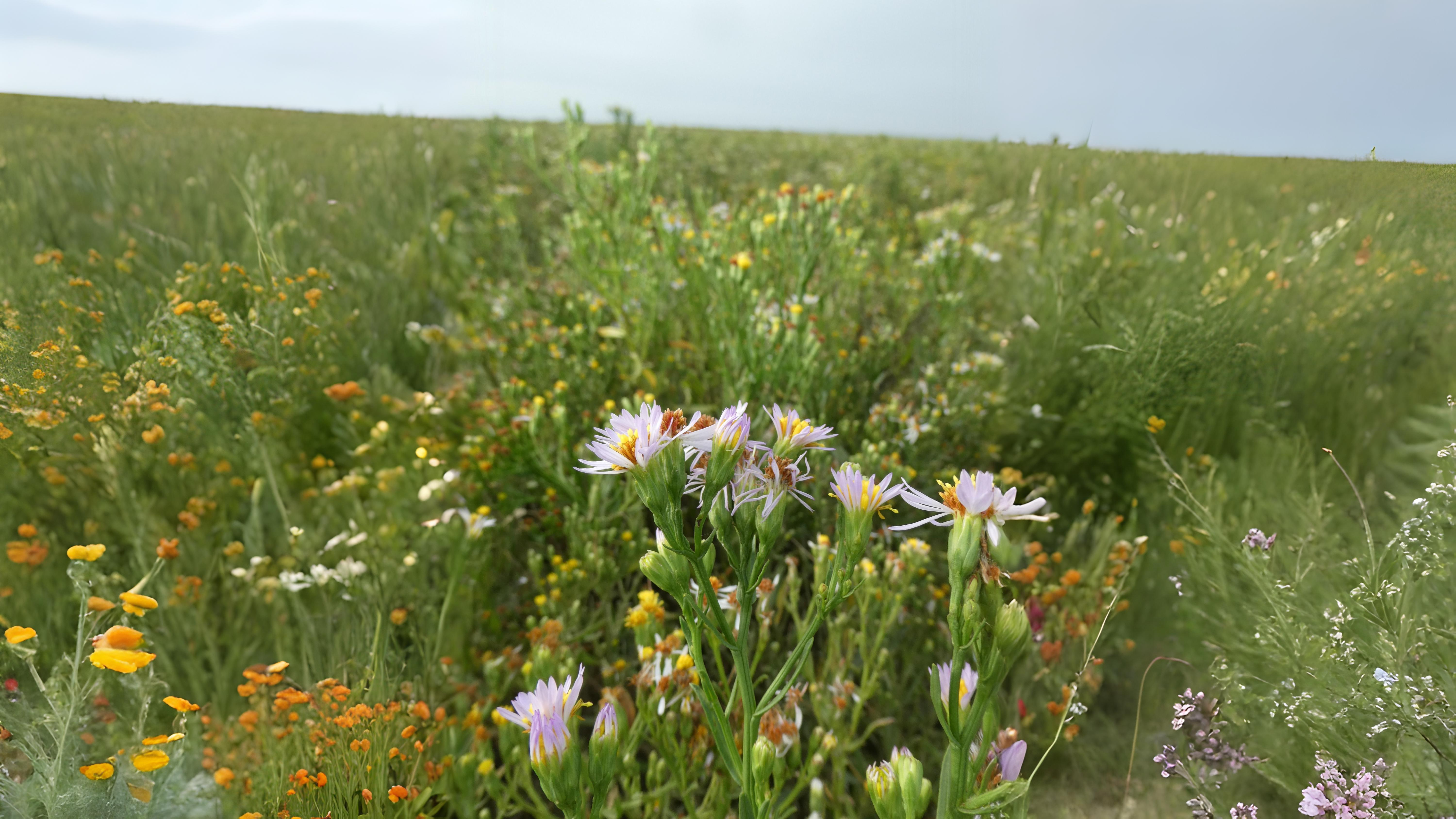



The smell of peppermint is universally known for its mouth refreshing qualities with its hint of menthol. In the eighteenth century it was sufficiently popular to be grown as a crop at Mitcham. Horse mint, which can also be called White, Woolly or Woodland mint, also smells of peppermint. It was used to scent baths – one of which Seneca, the Roman polymath, is said to have died in. In gardens, it is worth seeking out Apple M x gracilis, Pineapple M. sauvealens ‘Variegata’ and Eau-de-cologne mints as well as Japanese mint M. arvensis var piperascens. The latter variety was so popular in Georgian London it was dried, powdered and inhaled like snuff.
